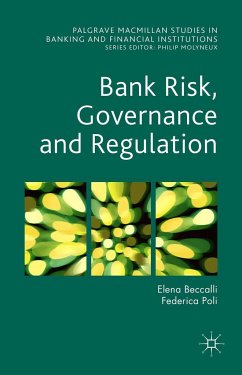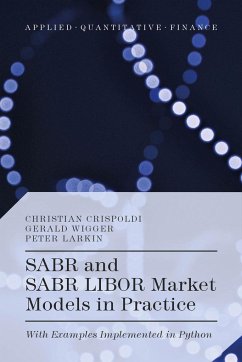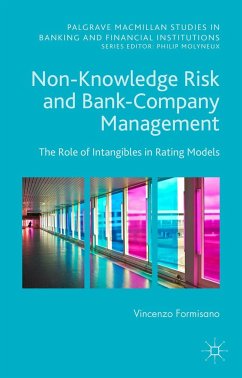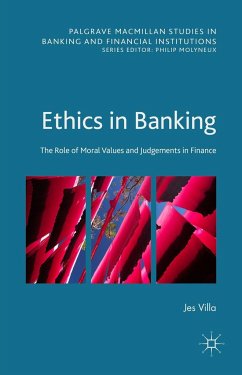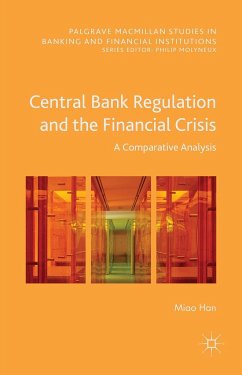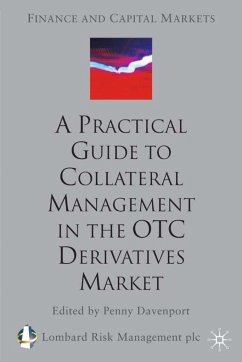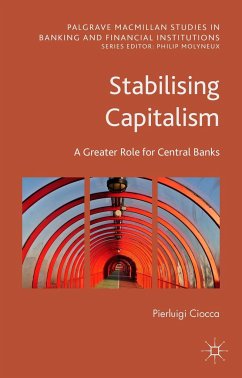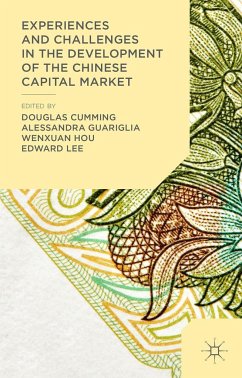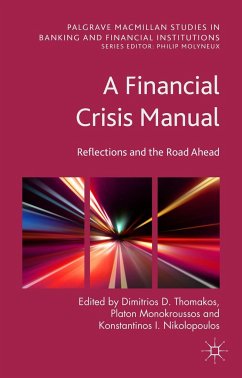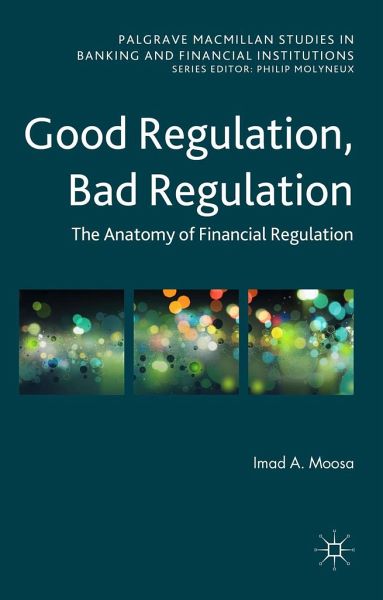
Good Regulation, Bad Regulation
The Anatomy of Financial Regulation

PAYBACK Punkte
46 °P sammeln!
Since the 2007 2008 global financial crisis, there has been much debate about the role of financial regulation and the causes of financial instability in the industry. Where studies commonly question the value of a regulated rather than free market , this book focuses on the differentiation of 'good regulation' and 'bad regulation'.This book highlights the need for financial regulation to combat corruption, and the integral link that exists between corruption and financial instability. The author evaluates the benefits and shortcomings of specific types of regulation, drawing on recent example...
Since the 2007 2008 global financial crisis, there has been much debate about the role of financial regulation and the causes of financial instability in the industry. Where studies commonly question the value of a regulated rather than free market , this book focuses on the differentiation of 'good regulation' and 'bad regulation'.This book highlights the need for financial regulation to combat corruption, and the integral link that exists between corruption and financial instability. The author evaluates the benefits and shortcomings of specific types of regulation, drawing on recent examples to illustrate each argument. The book presents compelling arguments for the regulation of leverage, liquidity, payday loans and securitisation; and debates the negative aspects of the regulation of short selling, and high-frequency trading, and of Basel-style banking regulation. The author argues that there is no free-market solution to financial instability, and rejects the idea of 'too big to fail'.





